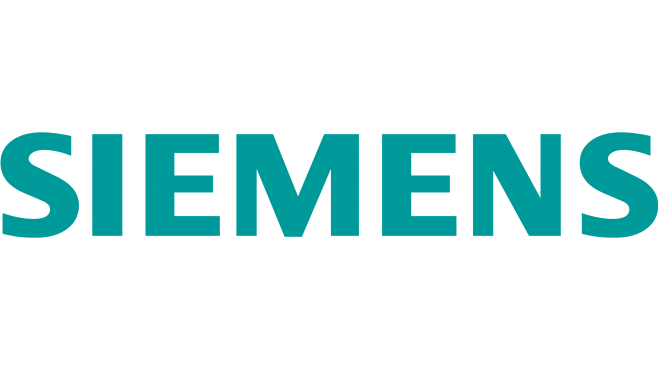
The pandemic prompted an unprecedented transformation in our working lives, with even the most traditional and conservative of employers forced to embrace mobile and hybrid working models, or risk going out of business entirely.
Many of the changes were sudden, required immediate execution, and were followed by piecemeal developments over the following two years. Indeed, a number of enterprises, initially at least, will have considered them temporary. However, as we return to some form of normality, it is clear that hybrid working is now mainstream and here for the long term. Creating a sustainable framework for its delivery has required applying lessons from the last 24 months to create models that maximise the benefits – and reduce the frustrations – of both mobile and in-office working.
Technology should underpin any such process, but it also requires a nuanced understanding of the requirements, priorities and emotions of a workforce that has undergone unprecedented, seismic change. Leadership needs to recognise both universal truths and individual differences, eliciting new management skills and tools. Those that fail to deliver on the human factor will struggle both to attract and retain talent that has come to expect new attitudes from its employers.
“People want choices,” says Alexander Senn, head of people and organisation at Siemens Smart Infrastructure. “It is about fewer fixed boundaries and requirements to be in the office with rigid work schedules, steering away from rules on working approaches and empowering people to make the right choices, for both themselves and the company.”
A question of trust
Providing so much leeway to one’s workforce is not necessarily a trait that comes naturally to some managers and enterprises. The fear is that the lessons learned during the shift to mobile work might be discarded as we see a gradual creep back to the status quo of pre-March 2020. In Senn’s eyes, failure to build on the takeaways from the last two years would be a catastrophic leadership error.
“Employees must be trusted,” he says. “99% will pay back that trust with higher engagement and impact. The conversation needs to shift to how we empower people to deliver in their roles and that comes down to the individual: if somebody wants to work a long day on a Tuesday and shorter hours on the Wednesday, that needs to be okay. Leadership should be focused on output, rather than a face-time mindset.”
However, the levels of communication required to articulate and gauge such sentiment can be a challenge in the age of hybrid work. A lack of social contact, difficulties building and maintaining a network, and a lack of collaboration opportunities were cited as the three main drawbacks of flexible working for those surveyed in Working Theories: What employees want from the future workplace. Addressing such concerns requires concerted effort on the part of leadership to open new and regular channels of dialogue.

“Mobile working makes it much more challenging to gauge the mood and priorities of one’s workforce,” Senn acknowledges. “Regular dialogue is key, with a particular focus on well-being and creative ways of collaboration in the virtual world. Pulse check-ins and surveys should play a crucial role, sparking open and transparent dialogue on issues that need addressing, many of which might be less visible in a virtual world.
“Leading a hybrid team successfully is only possible when leadership is familiar with technical and digital tools for strengthening virtual and hybrid collaboration,” he continues. “That comes down not just to implementation, but also supporting employees’ learning journeys on how to embrace new technologies and the mindset shift required to fuel it. A growth mindset has never been so important for employers, as employees seek opportunities for developing skills to operate effectively in the ‘new normal’.”
Tech-driven change
Siemens Smart Infrastructure is walking the talk in this regard, with the HR leader pointing to a €252m investment in education and training aimed at generating 100,000 digital learning opportunities for employees. In terms of harnessing tech for optimising the hybrid environment, within months of the start of the pandemic Siemens accelerated plans to deploy its smart office app, Comfy, across the company’s global network, providing access to more than 100,000 employees in 30 countries. The app combines location, usage and smart building data with a variety of user demands, enabling employees to better plan when and how they work from the office.
Tech can only take you so far without buy-in from one’s workforce, however. A significant minority of respondents to Working Theories voiced hesitancy around using a workplace app. Senn acknowledges that education and open communication is required on the part of the employer, not least in clearly articulating the levels of flexibility such tools can unlock. The message must be that apps are for the benefit of the employees first and foremost; a recognition of – and investment in – their evolving requirements.
Such steps go beyond driving productivity, Senn insists; they also unlock opportunities for a healthier working environment. In order to enhance well-being and engagement, he suggests holding shorter, but more frequent meetings; coffee chats and virtual events where work is not on the agenda for discussion; online events requiring engagement and participation; leveraging opportunities for in-person collaboration; and ensuring people are given time to pursue extracurricular activities.
Flexibility and employee health are key aspects of this new normal, but empowerment also comes with responsibility on the part of the employee. However, ensuring that people are not taking advantage of a lack of traditional visibility – and are held accountable – requires a change in approach to how teams are run, both through the leveraging of tech and the adoption new soft skills.
“Find ways of proactively supporting the well-being of employees,” Senn suggests. “A lot of that comes down to respect and appreciation that people have different needs. Lack of visibility in the office can prompt micro-management, an attempt to control how people use their working time. Such an approach signals a lack of trust. Leaders should be challenging traditional styles of management, both of themselves and their peers.
“There has to be recognition that the world now works in a different way and the lines between home and office life have become blurry. That requires authentic and open leadership, encouraging people to bring their whole-selves – not just their work-selves – to work.”



